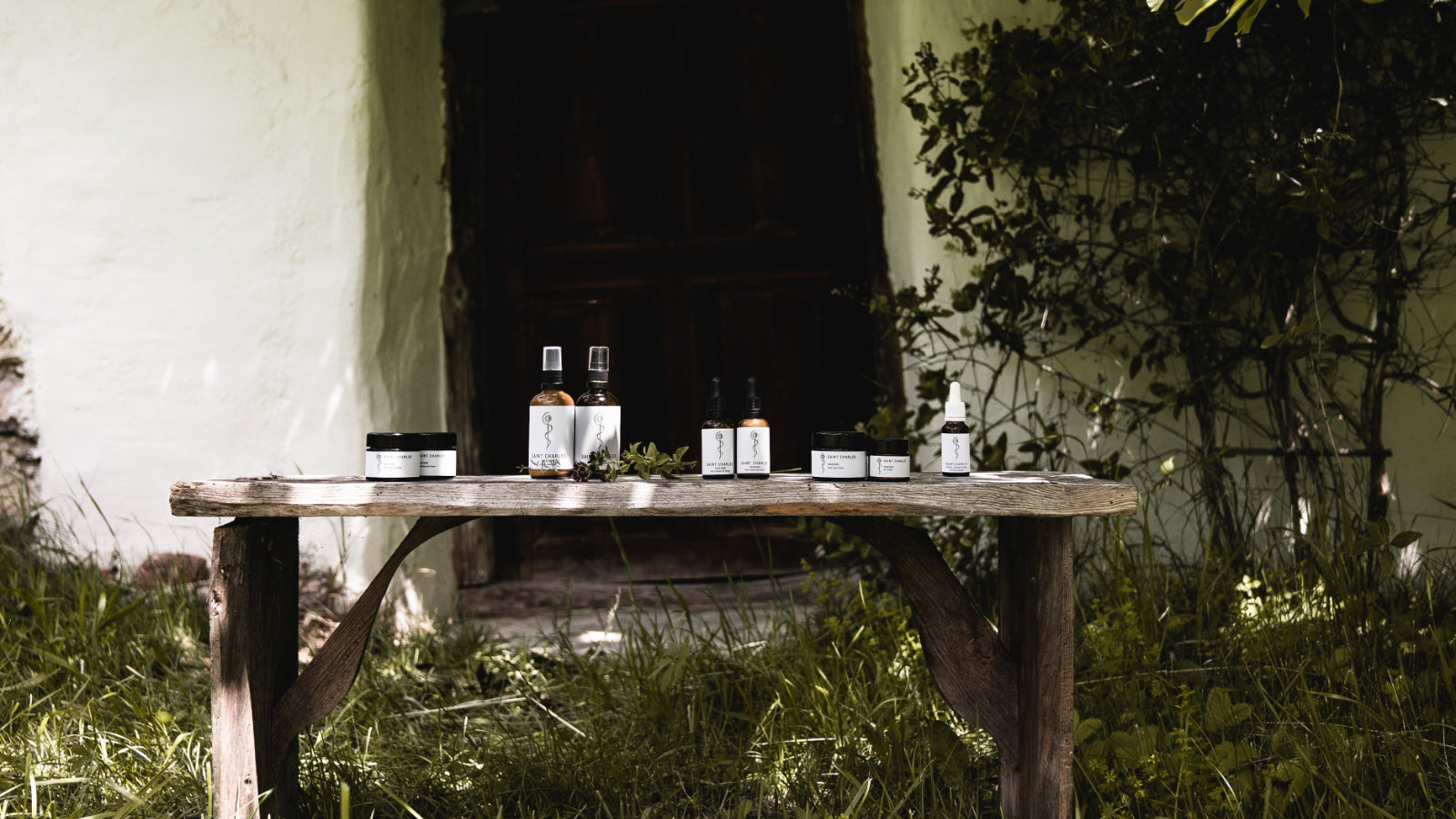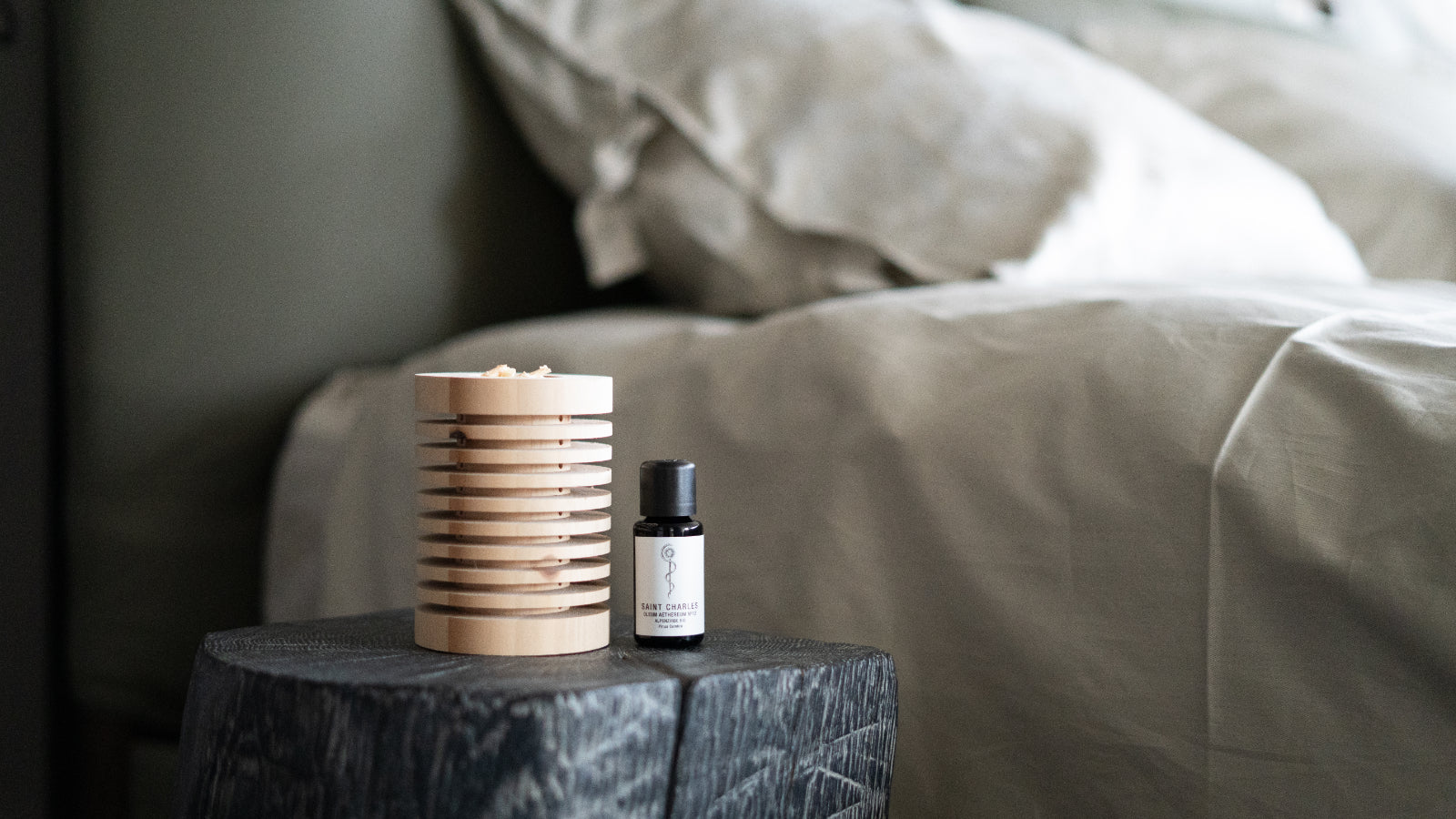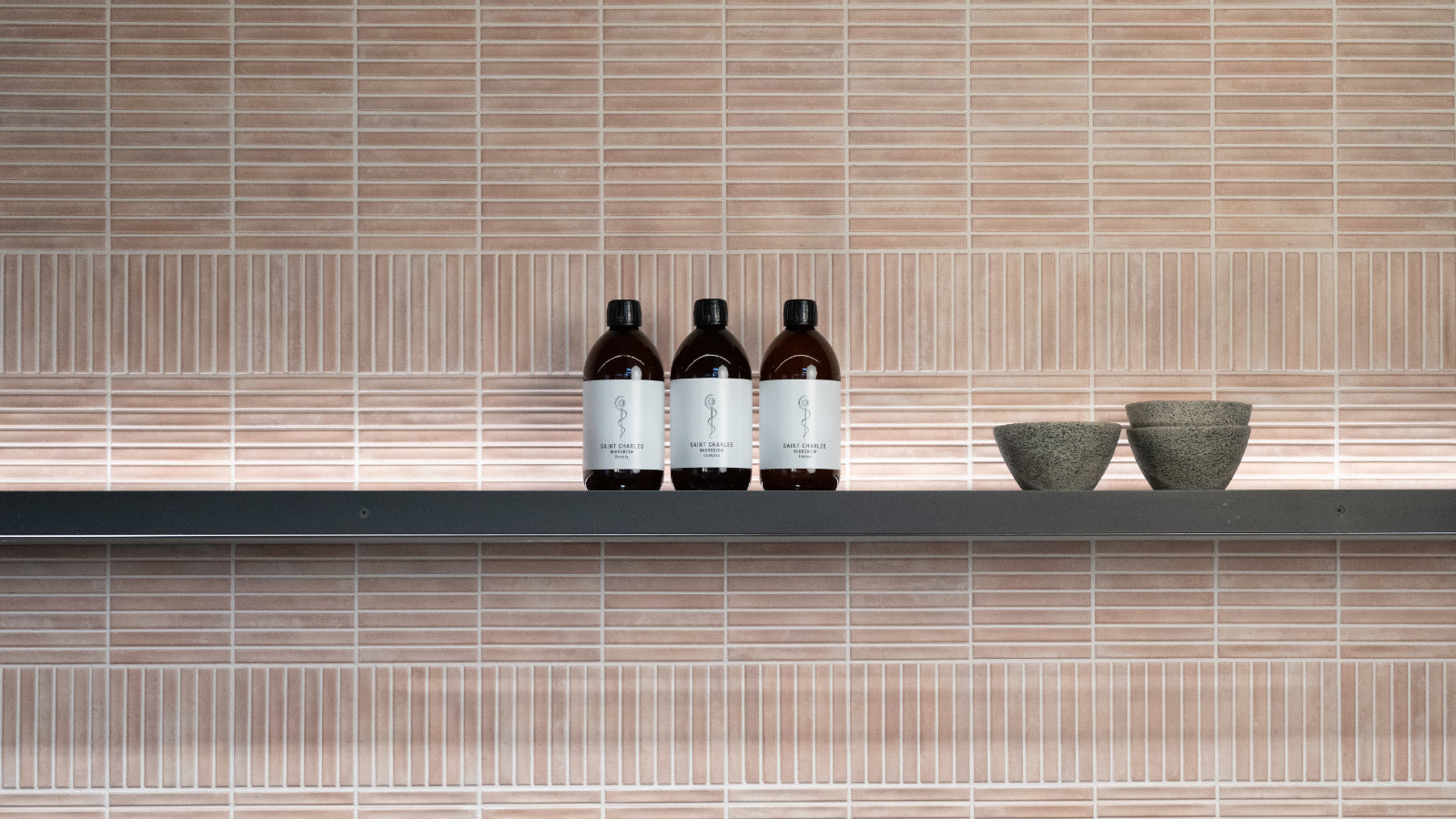The birch, the only tree in our latitudes with white bark, has always been considered special. It thrives in sparse forests, is one of the hardiest deciduous trees and defies the frostiest temperatures. It is revered as the bringer of light, which is also reflected in its name: The Indo-European "bhirg" stands for bright and shining. For the Celts, she was assigned to the first month of the year, the month with the least light. After all, its white colour symbolises purity as well as promise, just as only white light contains all colours. Thanks to its resistance to frost, the birch is a symbol of resistance and perseverance. As a spring tree par excellence, it also stands for a reawakening of the spirit of life. It is not for nothing that it is often used as a maypole - a symbol of spring and fertility. And since the ancient Germanic tribes knew that the birch tree protected them from evil, evil creatures and bewitchment, young birch trees are still planted in front of the houses of beloved girls or birch twigs are put on the front door during the traditional Whitsun tree planting. The detoxifying birch sap was considered an elixir of life by the Nordic peoples, and Hildegard von Bingen recommended it for ulcers. Poultices with birch wine were common in Paracelsus' time, and even today birch leaves help to treat skin conditions and cellulite.
The buds and leaves of the bright light tree rev up our metabolism by supporting the function of our excretory organs and skin. A cold water extract of birch buds, called a macerate, is highly blood purifying and invigorating. It lowers cholesterol and uric acid levels, cleanses the kidney-bladder system and supports the liver. In the form of a spring cure, it helps to eliminate the toxins of the winter. As the birch buds stimulate the thyroid, testicles and all other glands at the same time, the spring cure gives the whole body new impetus. The leaves of the birch tree, in turn, can be used to make one of the best teas for expelling water.
It has a diuretic effect without irritating the kidneys. Since the urinary tract can be flushed without side effects, birch leaf tea is also suitable for pregnant women and elderly people. The tea is especially recommended for inflammatory, bacterial diseases of the urinary tract, persistent bladder catarrh, kidney stones, kidney gravel or irritable bladder. Birch leaves are also often a component of tea mixtures against metabolic diseases, rheumatism and gout and are suitable for spring and autumn cures. Due to their diuretic properties, the leaves can also be used to treat oedema - abnormal fluid retention in the tissue. A cure with birch leaf tea is recommended to strengthen the kidneys and keep them healthy. Three cups of tea are drunk daily over a period of three weeks. Besides the positive effect on the kidneys, metabolism and cell renewal are stimulated and the whole body is vitalised. And if you want to do something for your vitamin balance as a preventive measure, add fresh young birch leaves to your spring salad for a healthy change.
Birch sap, which is obtained by cutting or drilling into the bark, can be used for purification. It is also known to be used externally as a care product for hair and scalp, for dandruff or hair loss. Furthermore, birch sap counteracts skin rashes.
Vitalises the body
The buds and leaves of the bright light tree rev up our metabolism by supporting the function of our excretory organs and skin. A cold water extract of birch buds, called a macerate, is highly blood purifying and invigorating. It lowers cholesterol and uric acid levels, cleanses the kidney-bladder system and supports the liver. In the form of a spring cure, it helps to eliminate the toxins of the winter. As the birch buds stimulate the thyroid, testicles and all other glands at the same time, the spring cure gives the whole body new impetus. The leaves of the birch tree, in turn, can be used to make one of the best teas for expelling water.It has a diuretic effect without irritating the kidneys. Since the urinary tract can be flushed without side effects, birch leaf tea is also suitable for pregnant women and elderly people. The tea is especially recommended for inflammatory, bacterial diseases of the urinary tract, persistent bladder catarrh, kidney stones, kidney gravel or irritable bladder. Birch leaves are also often a component of tea mixtures against metabolic diseases, rheumatism and gout and are suitable for spring and autumn cures. Due to their diuretic properties, the leaves can also be used to treat oedema - abnormal fluid retention in the tissue. A cure with birch leaf tea is recommended to strengthen the kidneys and keep them healthy. Three cups of tea are drunk daily over a period of three weeks. Besides the positive effect on the kidneys, metabolism and cell renewal are stimulated and the whole body is vitalised. And if you want to do something for your vitamin balance as a preventive measure, add fresh young birch leaves to your spring salad for a healthy change.
Nourishes skin and hair
Birch sap, which is obtained by cutting or drilling into the bark, can be used for purification. It is also known to be used externally as a care product for hair and scalp, for dandruff or hair loss. Furthermore, birch sap counteracts skin rashes.
Recipe TIP:
Birch leaf vegetables with polenta
Gets our body going.
Ingredients: 100 g maize grits, 350 ml water, 5 tbsp whipping cream, 1 pinch of freshly grated nutmeg, 1 bunch of chives, 2 handfuls of blanched, chopped birch leaves, 2 tbsp sheep's milk yoghurt, 100 g grated sheep's cheese, salt, pepper
Boil water with whipping cream, salt and nutmeg and pour in the maize grits in a thin stream. Allow the mixture to swell on a low heat for 20 minutes, stirring frequently. Pour the finished polenta into a greased casserole dish, sprinkle with feta cheese and bake at 180 °C for 15 minutes. Meanwhile, briefly sauté the birch leaves in a little butter, season with salt and pepper, thicken with sheep's milk yoghurt and refine with chives. Serve the finished casserole with the herb sauce. Enjoy your meal!
Tip: To refine the polenta, finely chop eight young stems of the metabolism-stimulating ground ivy and stir into the finished polenta.
Gets our body going.
Ingredients: 100 g maize grits, 350 ml water, 5 tbsp whipping cream, 1 pinch of freshly grated nutmeg, 1 bunch of chives, 2 handfuls of blanched, chopped birch leaves, 2 tbsp sheep's milk yoghurt, 100 g grated sheep's cheese, salt, pepper
Boil water with whipping cream, salt and nutmeg and pour in the maize grits in a thin stream. Allow the mixture to swell on a low heat for 20 minutes, stirring frequently. Pour the finished polenta into a greased casserole dish, sprinkle with feta cheese and bake at 180 °C for 15 minutes. Meanwhile, briefly sauté the birch leaves in a little butter, season with salt and pepper, thicken with sheep's milk yoghurt and refine with chives. Serve the finished casserole with the herb sauce. Enjoy your meal!
Tip: To refine the polenta, finely chop eight young stems of the metabolism-stimulating ground ivy and stir into the finished polenta.







